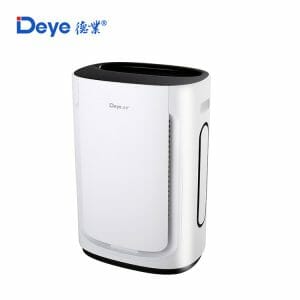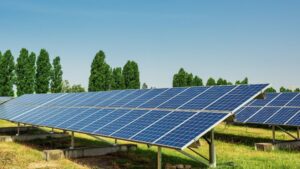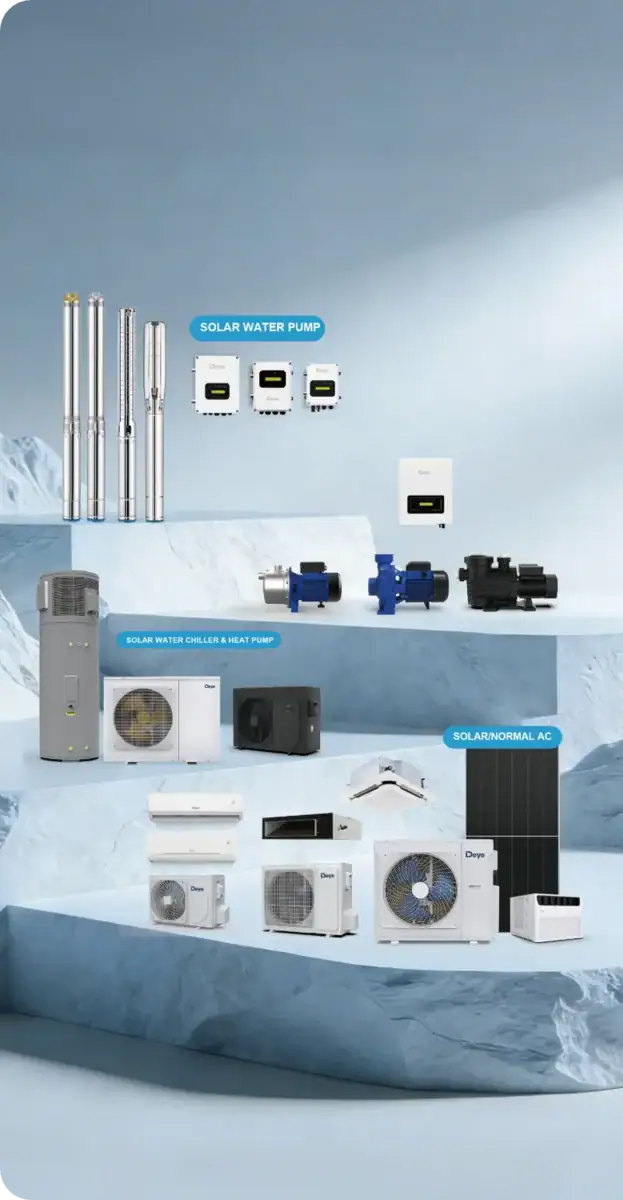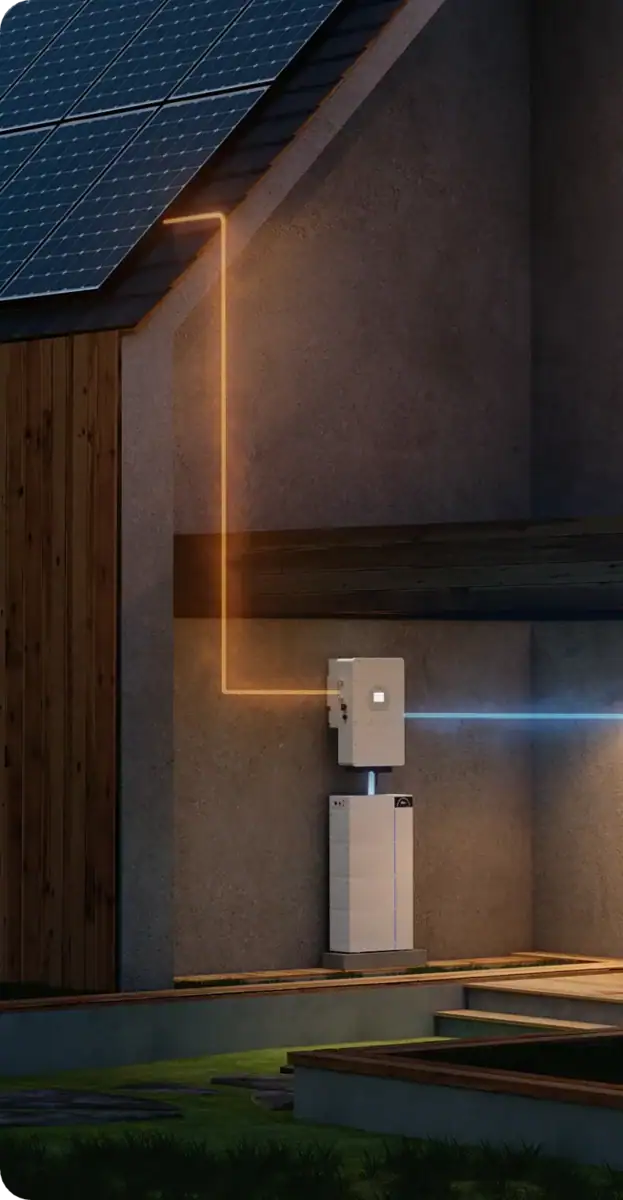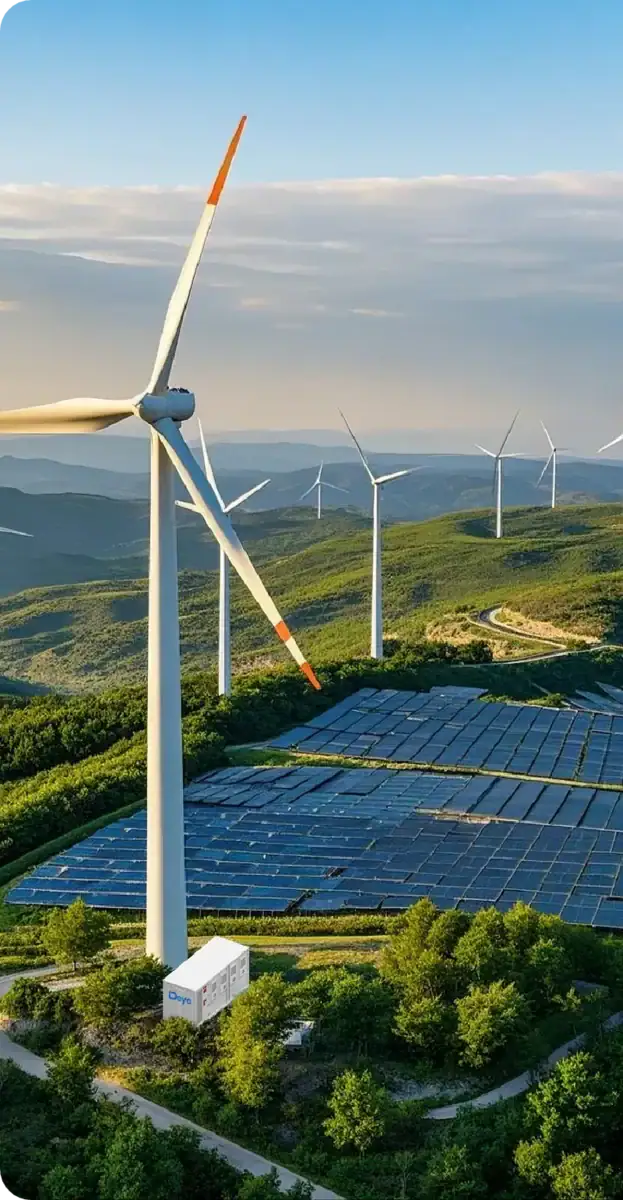In the rapidly evolving landscape of renewable energy, solar power stands out as a beacon of hope for a sustainable future. However, the terminology surrounding solar technologies can often lead to confusion, particularly when it comes to distinguishing between photovoltaic panels and solar panels.
This comprehensive guide aims to demystify these technologies, offering a deep dive into their functionalities, efficiencies, advantages, and ideal applications. Let’s explore deeper into the intricacies of each technology to provide a comprehensive understanding.
Photovoltaic Panels vs. Solar Panels: Overview
Photovoltaic panels and solar panels are often used interchangeably, but they represent different concepts within solar energy technology.
Photovoltaic (PV) Panels convert sunlight directly into electricity using semiconductor materials. These panels generate an electric current when photons from sunlight excite electrons within the semiconductors. This process is known as the photovoltaic effect.
Solar Panels, on the other hand, can refer to any panel that captures solar thermal energy. This includes PV panels as well as solar thermal panels, which collect sunlight to produce heat.
Photovoltaic Panels: Transforming Sunlight into Usable Electricity
Photovoltaic (PV) panels represent the cutting edge of solar electricity production. These sophisticated devices harness the photovoltaic effect, a phenomenon first observed by French physicist Alexandre-Edmond Becquerel in 1839. At its core, the photovoltaic effect describes the creation of voltage or electric current in a material upon exposure to light.
The Science Behind PV Panels:
Modern photovoltaic panels consist of multiple layers of semiconducting materials, most commonly silicon. When photons from sunlight strike these materials, they excite electrons, causing them to break free from their atomic bonds. This creates a flow of electrons, which is essentially an electric current. The panel’s structure is designed to capture this current and channel it into usable electricity.
Key components of a photovoltaic system include:
- Solar Cells: The fundamental units of a PV panel, typically made from silicon wafers.
- Glass Casing: A protective layer that shields the delicate solar cells while allowing maximum light penetration.
- EVA Film: Ethylene Vinyl Acetate film that holds the cells in place and provides weather protection.
- Back Sheet: An additional protective layer that prevents moisture ingress and insulates the panel.
- Junction Box: Houses the panel’s electrical connections.
- Inverter: Converts the direct current (DC) produced by the panels into alternating current (AC) for use in homes and businesses.
Solar Panels: A Broader Spectrum of Sun-Powered Technologies
While “solar panel” is often used interchangeably with “photovoltaic panel,” it actually encompasses a wider range of technologies designed to harness solar thermal energy. This includes not only photovoltaic panels but also solar thermal collectors, which capture the sun’s heat rather than converting its light directly into electricity.
Solar Thermal Systems – Harnessing the Sun’s Heat:
Solar thermal technology, sometimes referred to as solar hot water systems, operates on a fundamentally different principle than photovoltaic systems. Instead of generating electricity, these systems capture and transfer heat from the sun to a fluid, typically water or a specialized heat-transfer fluid.
Key components of a solar thermal system include:
- Solar Collectors: Devices that absorb sunlight and convert it to heat. Common types include flat-plate thermal collectors and evacuated tube collectors.
- Heat Transfer Fluid: Usually water or a glycol-based fluid that circulates through the collectors, absorbing heat.
- Storage Tank: Stores the heated fluid for later use.
- Heat Exchanger: Transfers heat from the collector fluid to the water supply in indirect systems.
- Circulation Pump: Moves the heat transfer fluid through the system.
- Controller: Manages the system’s operation, including when to circulate fluid based on temperature differentials.

Photovoltaic Panels vs Solar Thermal Systems: Comparison
Though both technologies utilize solar energy, their applications and inner workings are fundamentally different:
| Feature | Photovoltaic Panels | Solar Thermal Panels |
| Type | Photovoltaic | Thermal |
| Function | Convert sunlight directly into electricity | Capture heat from sunlight |
| Output | Electrical energy | Heat energy |
| Typical Efficiency | 15-20% (converting sunlight to electricity) | Up to 70% (capturing solar heat) |
| Common Applications | Powering homes, businesses, and utility-scale solar farms | Heating water for residential use: heating shower water, warming swimming pools, space heating |
In essence: Photovoltaic panels are the go-to solution for generating clean, renewable electricity, while solar thermal panels excel in providing energy for heating applications.
Photovoltaic and Solar Thermal: Efficiency in Focus
The efficiency of both photovoltaic and solar thermal systems is a critical factor in their performance and overall value. However, it’s important to note that these efficiencies are measured differently due to the distinct nature of their energy conversion processes.
Photovoltaic Panel Efficiency:
- Measured as: The percentage of sunlight converted directly into electricity.
- Factors Influencing Efficiency:
- Material Type: Monocrystalline silicon panels are known for their higher efficiency compared to polycrystalline or thin-film alternatives.
- Operating Temperature: High temperatures can hinder the performance of PV panels, leading to reduced efficiency.
- Installation Angle and Orientation: The angle and direction the panels face relative to the sun’s path significantly impact the amount of sunlight captured.
- Panel Design: Advancements in panel design, such as the incorporation of half-cut cells and multi-busbar designs, have led to improved efficiency levels.
Solar Thermal Panel Efficiency:
- Measured as: The percentage of solar radiation absorbed and transferred as heat.
- Factors Influencing Efficiency:
- Collector Type: Evacuated tube collectors generally outperform flat-plate collectors, especially in colder climates, due to their superior heat retention capabilities.
- Heat Transfer Fluid: The fluid responsible for carrying heat from the collector to its destination plays a crucial role in overall system efficiency.
- Insulation: Proper insulation throughout the system minimizes heat loss during transfer, maximizing efficiency.
Photovoltaic Panels and Solar Panels: Pros and Cons
Both photovoltaic and solar thermal technologies offer unique benefits and face certain challenges. Let’s explore these in detail:
Photovoltaic Panels
Advantages
- Clean Electricity Generation: PV panels provide a sustainable way to generate electricity, reducing reliance on fossil fuels and lowering your carbon footprint.
- Versatile Installation: Panels can be installed on rooftops, facades, or ground-mounted systems, offering flexibility for various property types.
- Minimal Maintenance: Once installed, PV systems require minimal upkeep, typically involving occasional cleaning and visual inspections.
- Long Lifespan: Most PV panels come with warranties of 20-25 years, ensuring long-term performance and return on investment.
- Battery Storage Integration: Excess electricity generated during peak sunlight hours can be stored in batteries for use during nighttime or cloudy periods, enhancing energy independence.
Disadvantages:
- Higher Upfront Cost: The initial cost for PV systems can be substantial compared to traditional energy sources, though costs have decreased significantly in recent years.
- Weather-Dependent Output: Energy production fluctuates based on weather conditions and the availability of sunlight, which can be a limitation without battery storage.
- Performance Degradation Over Time: While solar PV panels are designed for longevity, their efficiency can gradually decline over their lifespan, eventually requiring replacement.
Solar Thermal Panels:
Advantages:
- Highly Efficient Heating System: Solar thermal panels are remarkably effective at heating water, often exceeding the efficiency of conventional water heating methods.
- Simplified Installation: Compared to PV systems, solar thermal panels generally involve a more straightforward installation process.
- Lower Initial : The upfront cost of solar thermal systems is typically lower than PV systems, particularly for those focused solely on water heating.
Disadvantages:
- Limited Scope of Application: Solar thermal technology is primarily suited for heating applications and cannot generate electricity like PV panels.
- Location and Climate Dependence: The efficiency of solar thermal systems can vary depending on geographic location and climate, with sunnier regions yielding better results.
- Increased Maintenance: Compared to the relatively low-maintenance nature of PV systems, solar thermal systems typically require more frequent maintenance, including regular cleaning, inspections, and occasional component replacement.
Choosing the Right Solar Technology: Key Considerations
Selecting the most suitable solar technology hinges on a comprehensive assessment of individual needs, priorities, and long-term goals.
Solar Thermal Panels Might Be the Right Choice If:
- Your Primary Goal is Water Heating: If heating water for domestic use, swimming pools, or other purposes is your main objective, solar thermal excels.
- You Live in a Region with Moderate Sunlight: While solar thermal works best in sunny climates, it can still be effective in areas with moderate sunlight.
- You Want a Cost-Effective Heating Solution: The lower upfront cost of solar thermal makes it an attractive option for budget-conscious individuals prioritizing hot water savings.
PV Panels Could Be the Ideal Solution If:
- You Want to Generate Your Own Electricity: PV panels are the way to go if you aim to power your home, reduce your reliance on the grid, or even sell excess electricity back to the utility company.
- You Live in an Area with Abundant Sunlight: The efficiency of PV panels is maximized in sunny regions, making them ideal for maximizing solar energy capture.
- You Prioritize Long-Term Sustainability: Investing in PV panels aligns with a commitment to clean energy and reducing your environmental impact by shrinking your carbon footprint.
Embracing Solar Power for a Sustainable Future
As we face the pressing challenges of climate change and energy security, both photovoltaic and solar thermal technologies offer powerful tools for transitioning to a more sustainable energy landscape. While they operate on different principles and excel in distinct applications, both contribute significantly to reducing our reliance on fossil fuels and decreasing carbon emissions.
The choice between these technologies – or the decision to implement both in a hybrid system – should be based on a careful analysis of specific energy needs, local conditions, and long-term objectives. As the solar industry continues to innovate, we can expect even greater efficiencies, lower costs, and more integrated solutions that make solar energy an increasingly attractive option for a wide range of applications.

